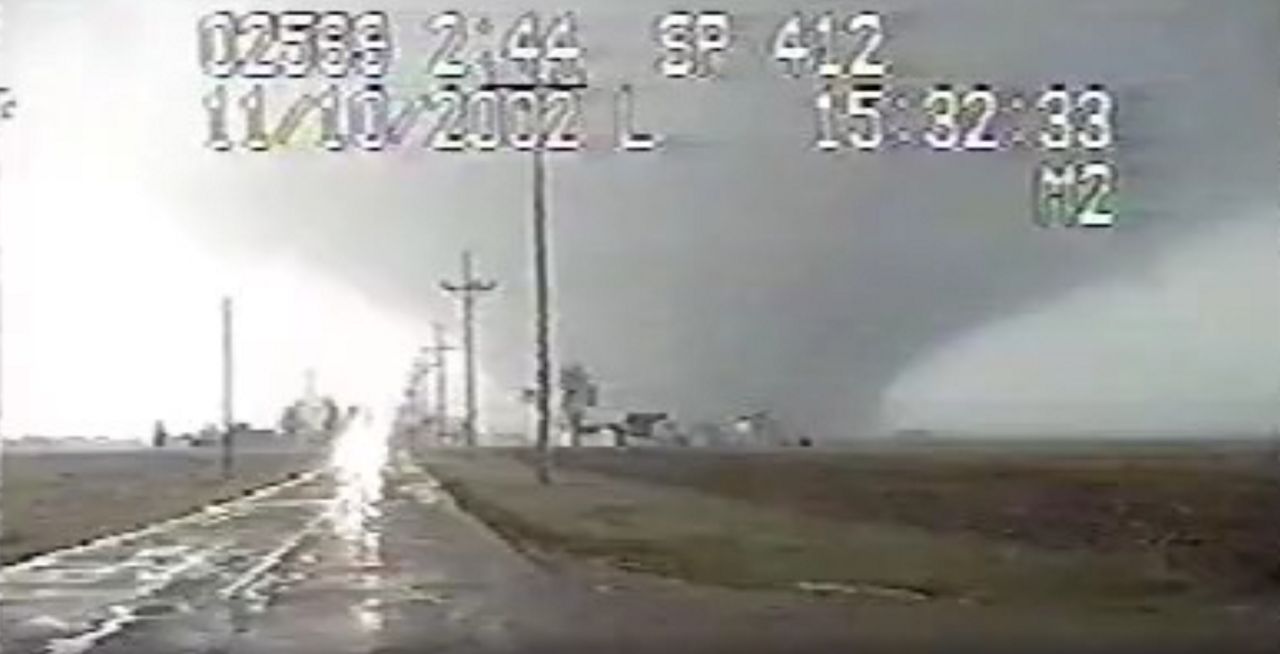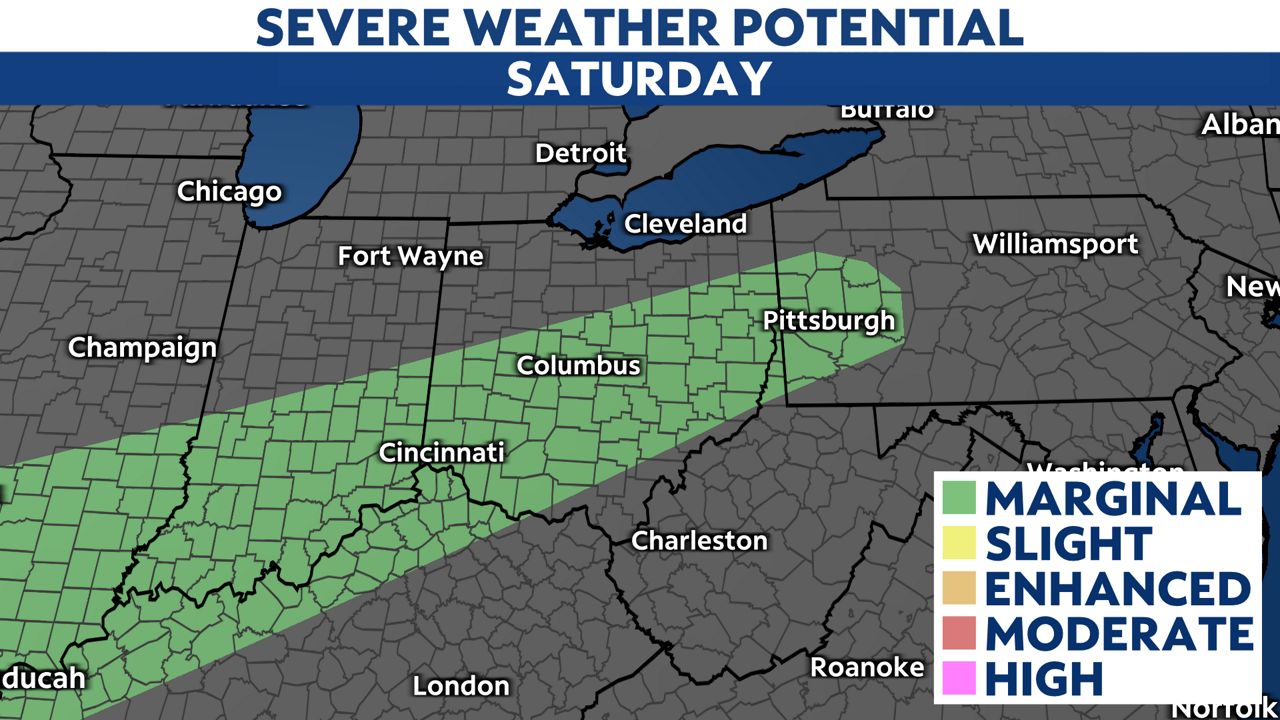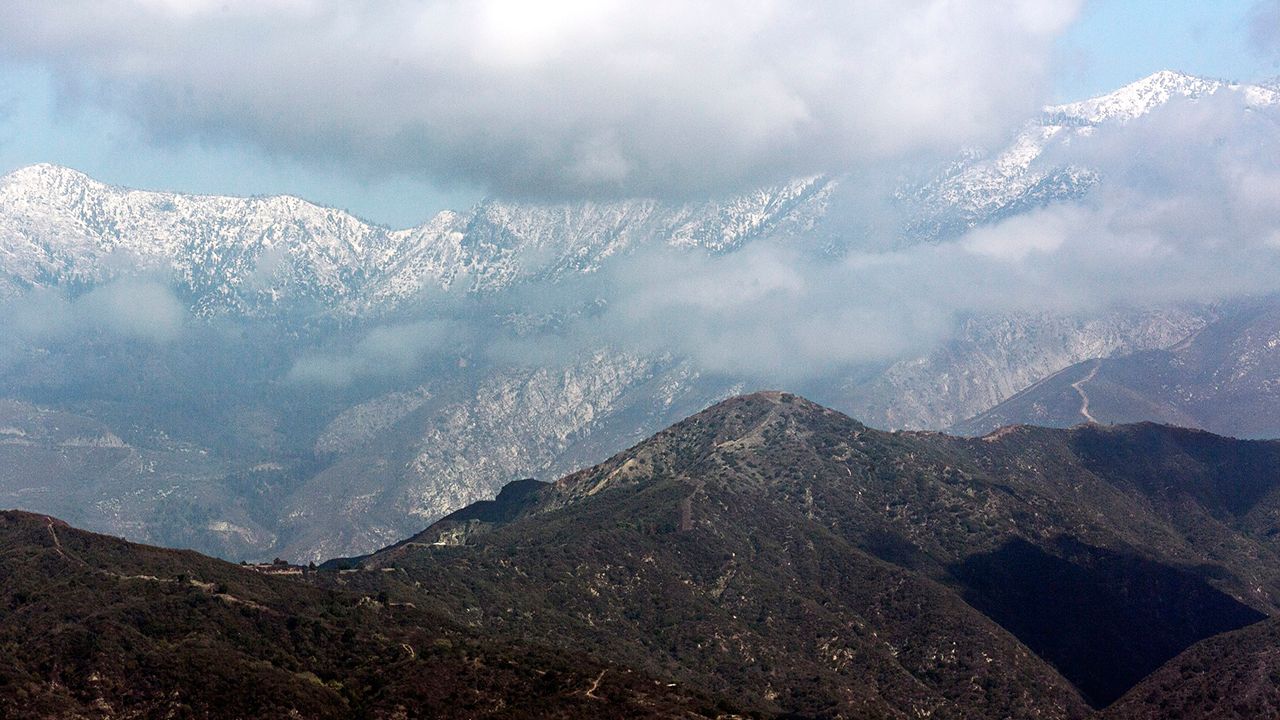It was Veterans Day weekend, 2002. I remember it was an abnormally warm and somewhat muggy weekend, especially for November in Ohio. In fact, the weather that weekend was very much like our recent early November weather.
It was a Sunday, and I was out doing some fall clean-up. I remember wanting to get the outdoor work completed as I knew there was a significant cool down on the way. I knew the incoming cold front could produce some severe storms, but I had no idea how that afternoon would unfold.
By the middle of the afternoon of Nov. 10, the Storm Prediction Center had issued a rare “high risk” for severe storms well to the south of Ohio. Ohio was under a “slight risk” for severe storms, with the primary threat being straight-line wind damage.
Even with that threat, I thought it would be best to head to work to assist our weekend meteorologist. By the time I got to work, there were already reports of a long-tracked tornado on the ground in northern Indiana and was heading toward western Ohio.
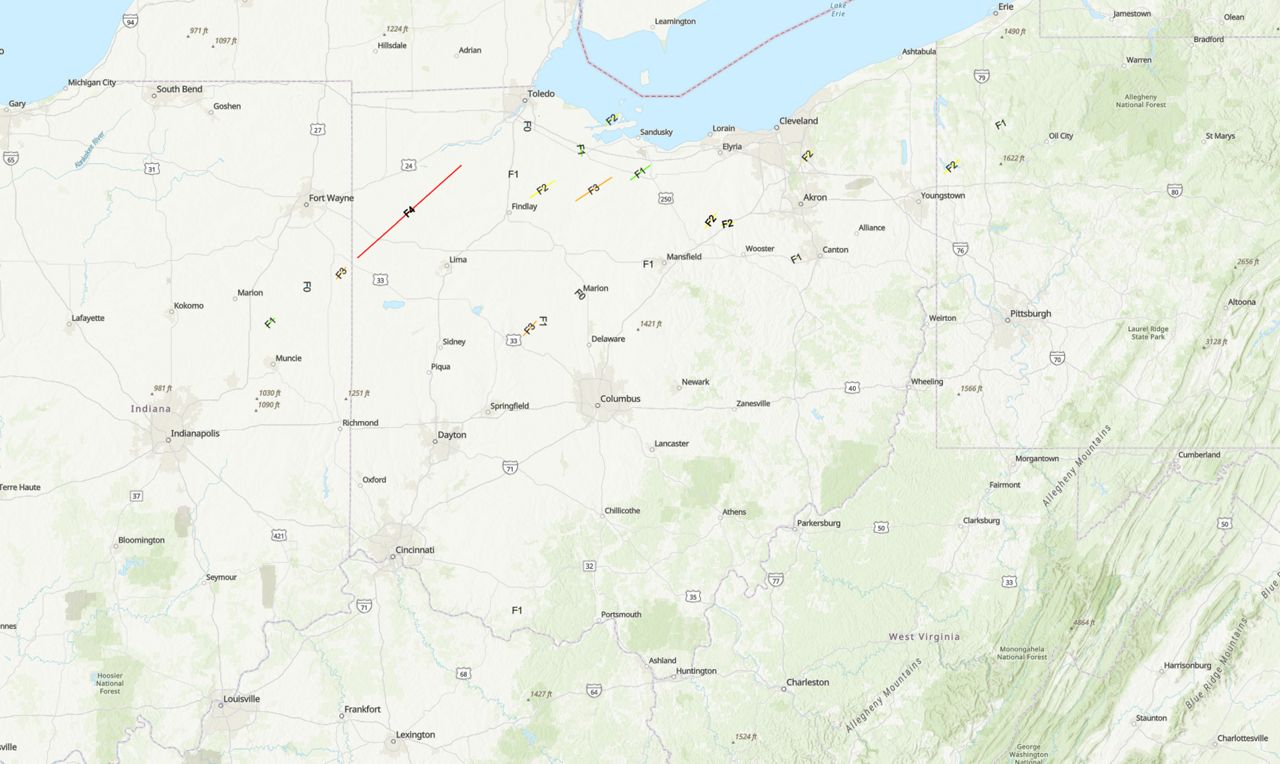
(National Weather Service)
A warm front had lifted across Ohio and transformed the atmosphere, priming it for severe weather. The wind pattern that developed became very conducive for tornadoes.
The Storm Prediction Center, being short-staffed, was trying to keep up as severe storms developed earlier than expected from the Tennessee Valley up through the Great Lakes. As the afternoon progressed on, it became quite clear that a major fall tornado outbreak was underway.
The station I was working for at the time was statewide in Ohio and we went on wall-to-wall coverage for over six hours as storms tracked west to east across every county. By the end of the day, 93 tornadoes had touched down during that outbreak, with 22 of those in Indiana, Ohio and western Pennsylvania alone.
The most memorable storm that day occurred in the small town of Van Wert, Ohio. The manager at a local moving theater was entertaining an afternoon matinee of around 60 movie-goers.
After hearing the tornado warning that was broadcasted over the county’s warning system, the manager led all of them to interior hallways and restrooms. Within just a few minutes of evacuating them, the movie theater was hit and destroyed.
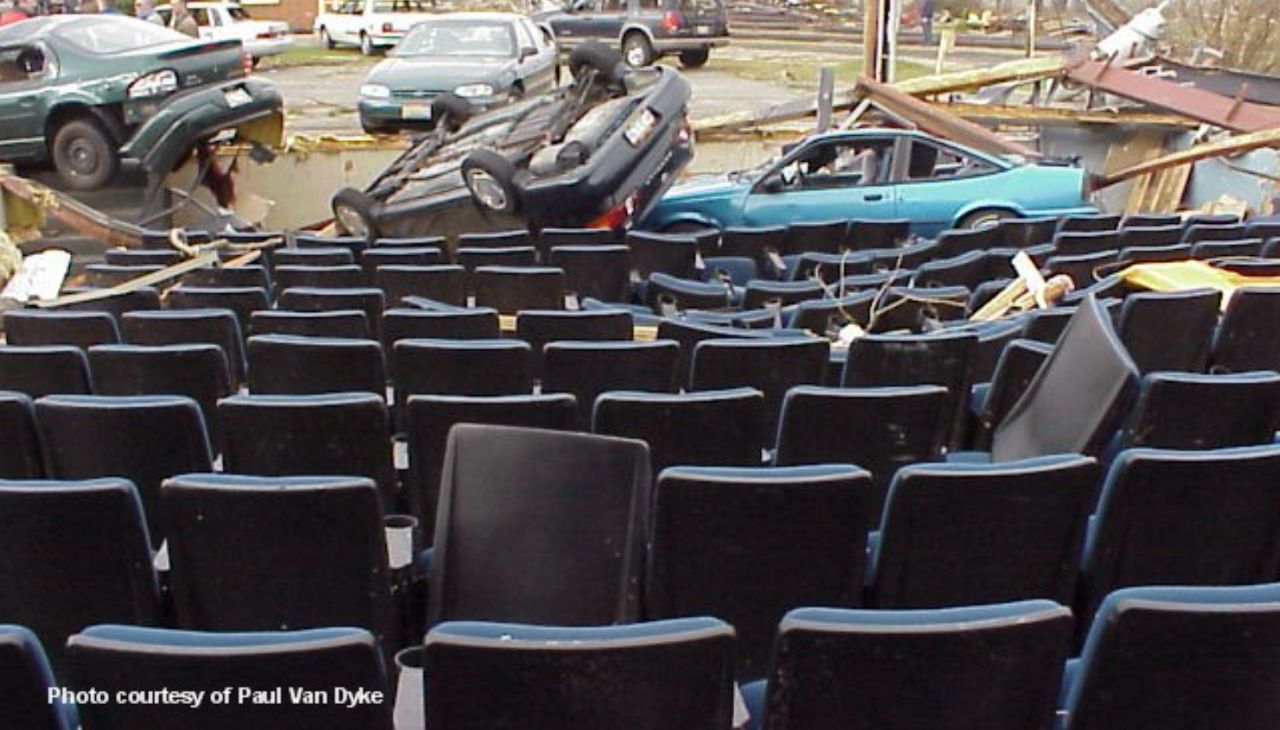
(Image Courtesy: Paul Van Dyke)
Besides leveling the building, the tornado tossed three cars into the seats that had been occupied by moviegoers. Thanks to the quick thinking of the manager, everyone survived. That tornado continued northeast through four more Ohio counties before dissipating.
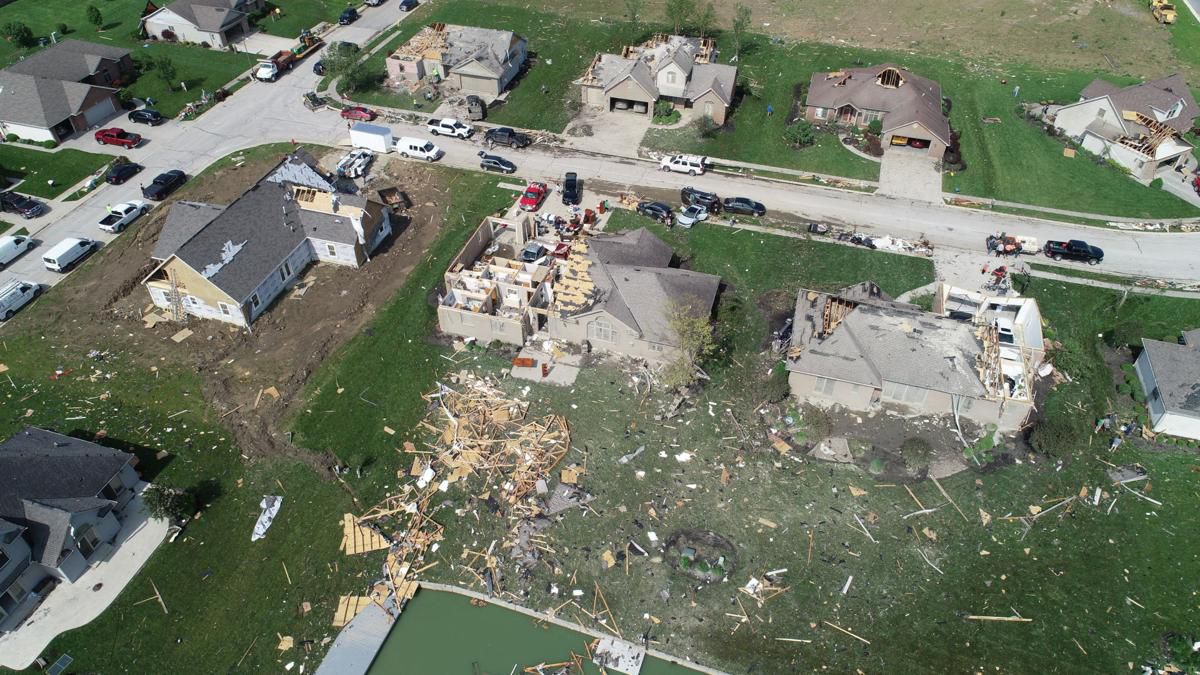
(Image Courtesy: Van Wert EMA)
Sadly, not everyone would escape the worst of the storms. There were 5 fatalities in Ohio that day with 36 total for the outbreak. Many more were injured, as so many were away from their TVs as it was a mild holiday weekend.
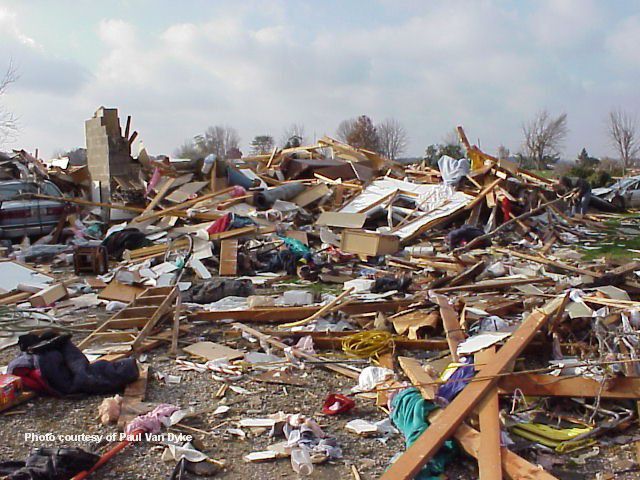
In Ohio, most people know that the main severe weather months are typically April through June. However, as the seasons change and the jet stream moves closer to Ohio in the fall, storms tend to ramp up, at least briefly. Beware of stronger storms in early November in Ohio, as some can produce severe storms.
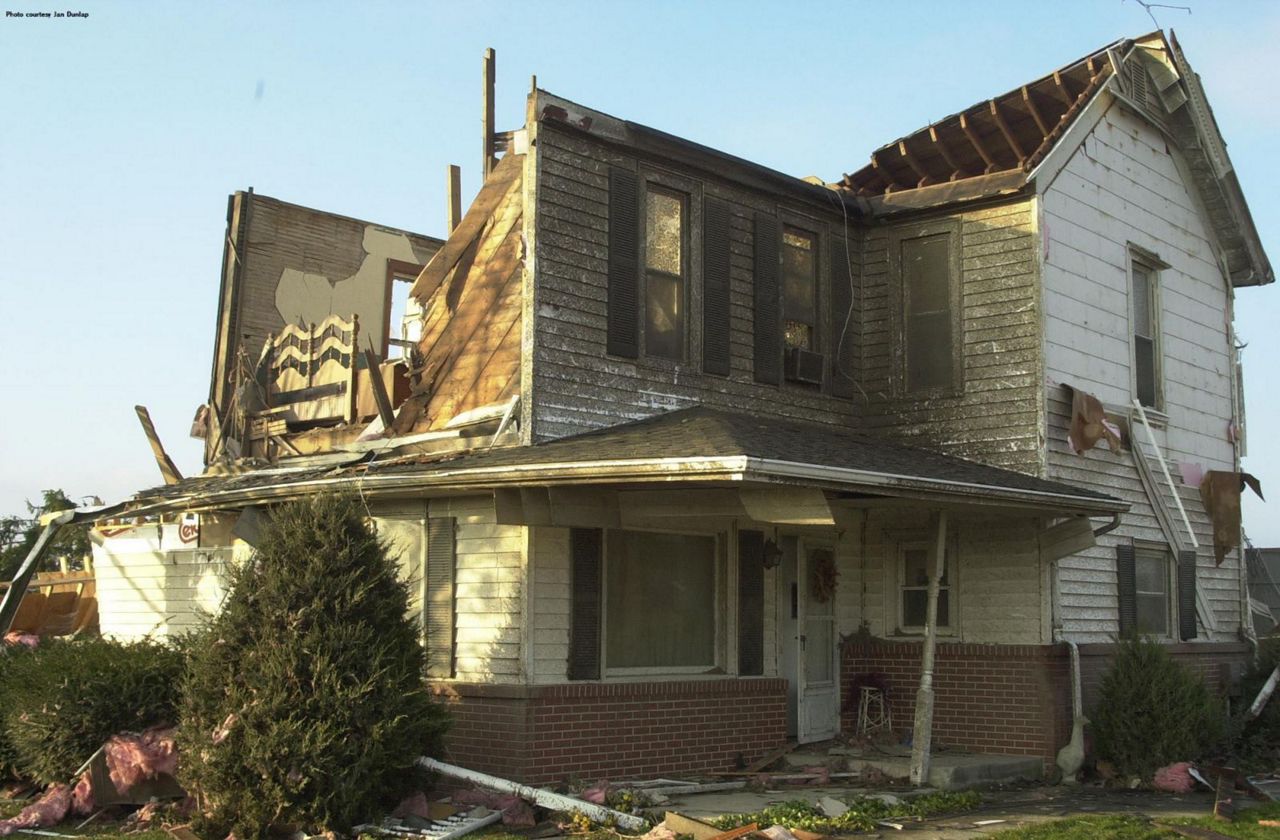
For the latest weather and forecast updates be sure to follow Chief Meteorologist Eric Elwell on Facebook, Instagram, and Twitter!
Our team of meteorologists dives deep into the science of weather and breaks down timely weather data and information. To view more weather and climate stories, check out our weather blogs section.





